What are the different types of plasterboard joint tape?

There are two types of plasterboard joint tape: scrim tape, which is made out of a fibreglass mesh, and paper jointing tape.
Scrim Tape
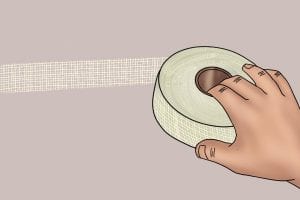
Developed in the late 1980s and early 1990s, scrim tape is a fairly recent innovation in plasterboard finishing materials. It is made up of fibreglass threads that are woven together to make a mesh. Like more common types of tape such as masking tape, scrim tape is self-adhesive on one side.
This means that it can be stuck directly to the joint without the need for a base layer of jointing compound. This is one of the reasons why, compared with paper jointing tape, it is a lot easier for novices to use.
Wonkee Donkee Tip: ‘As a base coat of jointing compound is not required, using self- adhesive scrim tape significantly shortens the taping and jointing process.’
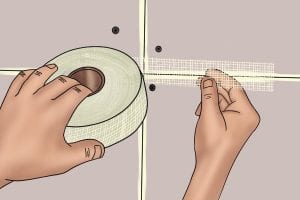
Because it consists of an open mesh, the jointing compound is able to travel through, and completely contain, the tape, creating a strong joint. In addition, scrim tape is unlikely to bubble or slip out of place.
This allows the user to concentrate on applying a smooth coat of jointing compound on top of the tape without worrying about a layer underneath.
Jointing Tape
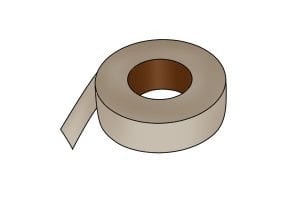
Jointing tape, or drywall tape as it is sometimes known, is made out of paper. It is produced with a crease along its length so that it can be used to reinforce internal corner joints between plasterboard, as well as flat joints.
Because it can be folded so cleanly, paper tape ensures crisp, 90 degree angles in corners. This is the main way in which it is superior to scrim tape, which can also be folded, but is best suited to flat seams.
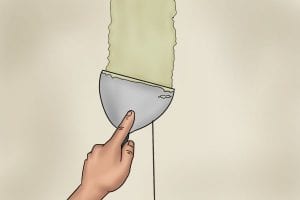
Although paper tape is, strictly speaking, not as strong as fibreglass tape, it is cheaper and is available in longer rolls. As a result of these factors, it is very popular with plasterers as well as professional tapers and jointers.
However, as an extra layer of jointing compound is required, the process of using paper tape is more time-consuming as joints take longer to dry. Also, because it is not self-adhesive, it can be tricky to use for DIYers with no experience of taping and jointing.
Which type of plasterboard joint tape should you choose?
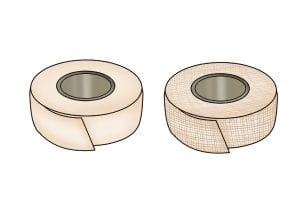
Amongst professional tapers and jointers, there is great debate about whether paper or fibreglass tape is superior. Most tradesmen tend to prefer paper tape, although scrim tape is becoming more popular.
When deciding upon which type of tape you need, you should consider how much time you have to complete the task as well as the kinds of joints you will be working on. If time is of the essence and you need to prepare a room quickly for decoration, the self-adhesive properties of scrim tape make it the best option as the taping and jointing process will be shorter.
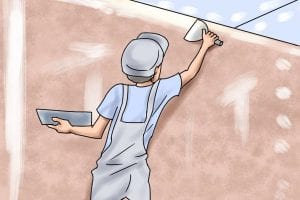
Although, for large-scale jobs, paper tape is more affordable, available in larger quantities and some people find it easier to use. The main drawback of scrim tape when compared with paper tape, is that it cannot be folded as crisply along its length. Whilst in some cases it is used effectively on internal corner joints, it is more suitable for use on flat joints.






